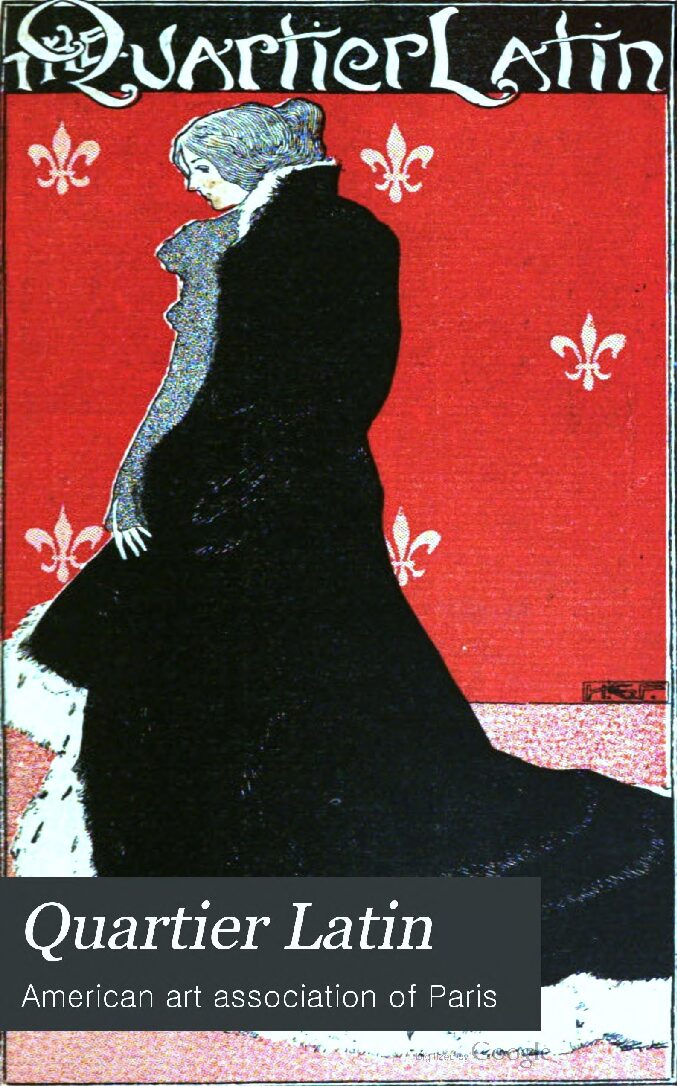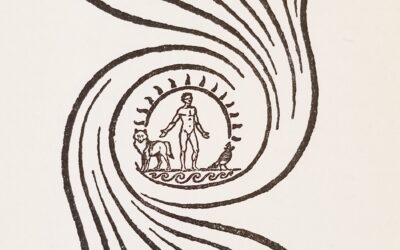BLOG
Guest Writers
What others, past and present, have to say about Seton
Hamlin Garland and Seton
Title Page detail, Companions on the Trail Passing the seventy-eighth anniversary of Seton’s death (October 23), I will note that of all his recent biographers, only Jack Samson actually knew him. Fortunately, Seton met the novelist and memoir writer...
Review of Art Anatomy of Animals
Cover Art, Quartier Latin, Vol II January 1897 No. 6, Compiled monthly in Paris and printed and published by llifee & Son, of London, #30/p.176, p. 177 One of my worthy correspondents (more worthy than me since he, not I, discovered this little gem of a review)...
Seton and John Burroughs Reconcile
Salutation, Burroughs to Roosevelt Ernest Thompson Seton read books by John Burroughs as a young man, inspired by the older man’s love of nature. This made the shock all the greater when Burroughs attacked him during the Nature Faker controversy of 1903-04. He...
Edgar M. Robinson: Seton, an “Unforgettable Personality”
Photograph of Edgar M. Robinson. 1931 Massasoit, Springfield College’s Yearbook. Courtesy of Springfield College, Archives and Special Collections In April 1910 the YMCA loaned one of its top executives, Edgar M. Robinson (1867-1951), to the newly formed Boy Scouts of...
Seton and Burroughs Real and Sham Natural History Part IV
How to Tell the Birds from the Flowers, Robert W. Wood, 1907 (Check out Wood's book.) Unfortunately for Seton, the Nature Faker controversy just would not die down. Having seemingly run its course in June 1907, it flared back up in the September issue of Everybody’s...
Seton and Burroughs Real and Sham Natural History Part III
John Burroughs at Wyndygoul, Seton's estate, undated Like a case of poison ivy that will not go away, John Burroughs continued his attacks on the nature fakers in February 1904, this time in The Century Magazine. This time he focused his fury on William Long (but not...
Seton and Burroughs Real and Sham Natural History Part II
Bear camouflaged within pine branches This is the second installment of John Burroughs’ 1903 attack on the credentials of Ernest Thompson Seton as a legitimate “naturalist.” Burroughs published a long essay calling into the question to accuracy of several writers. At...
Seton and Burroughs Real and Sham Natural History Part I
Tamiasciurus hudsonicus in adopted natural habitat outside my window By the beginning of 1903 Seton had experienced a four-year run of extraordinary book sales successes beginning with Wild Animals I Have Known. While this good fortune would last for another two...
James B. Pond Writes About Seton
Author photo from Eccentricities of genius Lecture organizer James B. Pond (1838-1903) propelled Ernest Thompson Seton to great success in the “Lyceum business” in the year following the publication of Wild Animals I Have Known (1898). Pond represented Mark Twain and...
1899 Review of Wild Animals I Have Known
Seton Illustration at end of Wild Animals I Have Known Seton’s first best-seller, Wild Animals I Have Known, became an immediate sensation. I know this because Seton said so himself in Trail of an Artist-Naturalist: “When one has published a series of successful...











